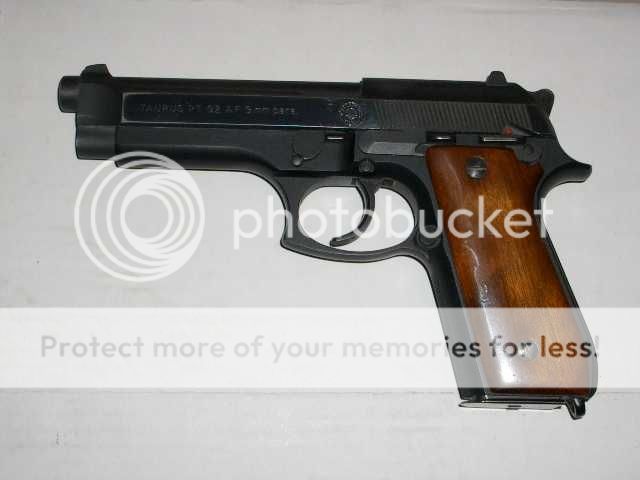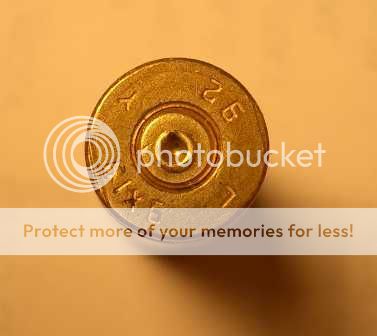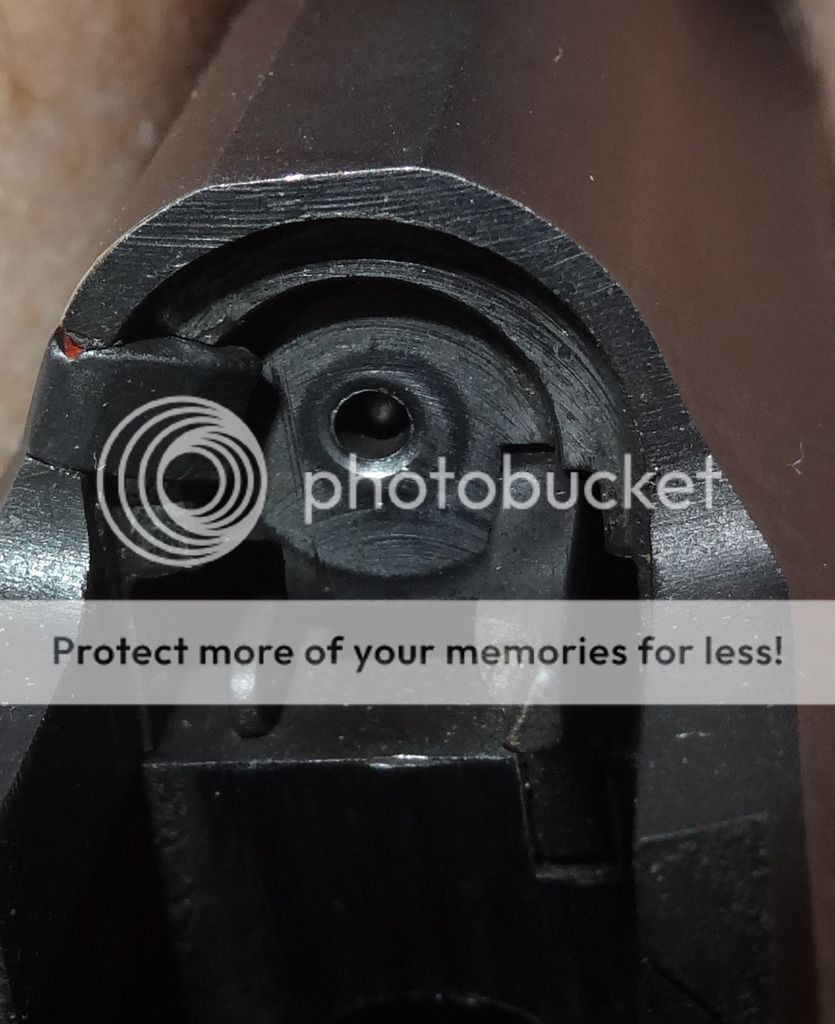Zendude
Member
From all I've read, primers are not the most reliable way to tell if loads are too heavy unless they show some really extreme damage. I loaded some 9mm with S&B primers, 124 grain plated bullets over 4.3 grains of Universal, 1.135 OAL, and am getting cratered primers. I know 9mm is naturally a relatively high pressure cartridge, but are slightly cratered primers fairly normal? The feel of this load and the soot on the brass indicates that this is a light load rather than a near max load.






